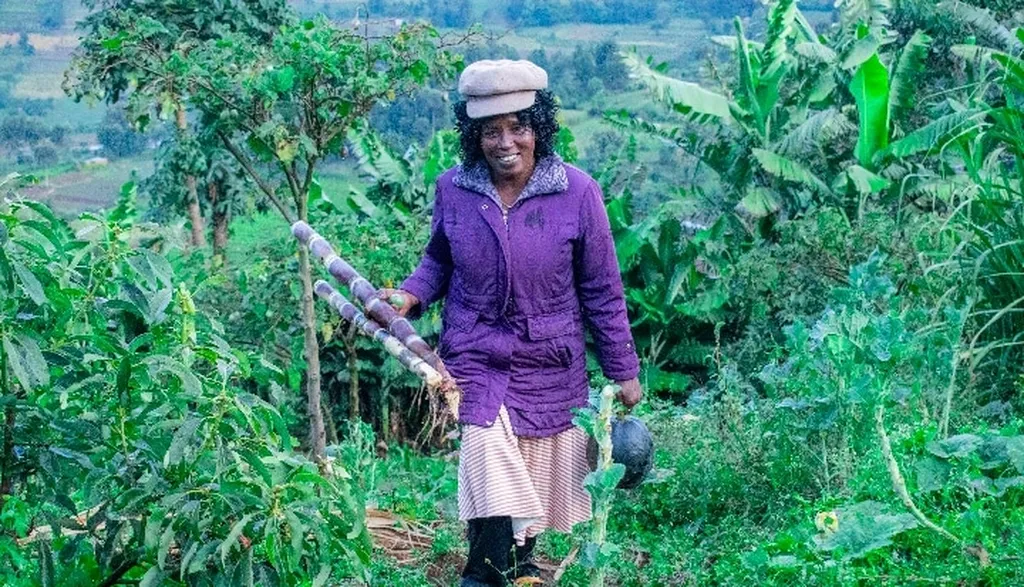In the heart of East Africa, a quiet revolution is taking root, one tree and one smallholder farmer at a time. This isn’t a story of sudden upheaval, but of steady, self-propelling change, driven by what scientists call “positive tipping points.” A recent study published in the journal ‘Earth System Dynamics’ (translated as ‘Earth System Dynamics’), led by Dr. A. P. Emenyu of the Global Systems Institute at the University of Exeter, UK, sheds light on how these tipping points can accelerate the adoption of regenerative agriculture (RA) practices among African smallholder farmers, with significant implications for the energy sector and beyond.
The research focuses on The International Small group and Tree planting programme (TIST), a unique initiative that has been empowering smallholder farmers to adopt RA practices. The study combines existing frameworks to understand the triggers for rapid scaling of these practices, offering insights that could reshape how we approach sustainable agriculture and its interconnected sectors.
At the core of the study are three key insights. First, it emphasizes the importance of working with centrally positioned actors who can influence policy and norms. “It is essential to work with centrally positioned actors capable of and motivated to influence changes in policy and norms towards scaling the intervention,” says Dr. Emenyu. In the case of TIST, these actors are the smallholder farmers themselves, who are not just beneficiaries but active participants in the scaling process.
Second, the study highlights the dynamic interplay of different scaling dimensions, influenced by feedback loops. To achieve sustained scaling, it’s crucial to create enabling conditions that trigger reinforcing feedbacks. This could mean investing in education and awareness campaigns, providing access to credit and markets, or fostering community networks that encourage peer-to-peer learning.
Third, the research underscores the importance of context-specific data. The rate of scaling, it argues, depends on the reinforcing feedbacks at play in a particular location. Identifying these feedbacks and the appropriate leverage points is key to addressing location-specific scaling challenges.
So, what does this mean for the energy sector? As the world grapples with climate change, the need for sustainable, low-carbon energy sources has never been greater. Regenerative agriculture, with its focus on soil health and carbon sequestration, can play a significant role in this transition. By accelerating the adoption of RA practices, we can not only enhance the resilience and productivity of African smallholder farming systems but also contribute to the global effort to mitigate climate change.
Moreover, the insights from this study can help energy companies and investors identify and support initiatives that have the potential to scale rapidly and sustainably. By understanding the dynamics of positive tipping points, they can make more informed decisions about where to invest their resources.
The research by Dr. Emenyu and his team offers a promising roadmap for accelerating the adoption of regenerative agriculture practices. As we look to the future, it’s clear that understanding and harnessing positive tipping points will be crucial in driving rapid, system-wide change. The quiet revolution in East Africa is just the beginning. The energy sector, and the world at large, would do well to take note.

